Registration has been disabled.
Who are we?
We’re a global team of digital marketing experts. We help businesses navigate and evolve their digital transformation and adoption. Our team is an extension of your business, specializing in digital marketing and sales strategy, operational support, SEO (search engine optimization), paid Search (PPC), marketing automation, social media marketing, CRM maturity, website and app design and other strategic areas of digital marketing transformation. The simplicity, we help you succeed with your digital maturity to commercialize solutions, grow revenue, lower operating costs and enhance CX with Amazon-like experiences.
MJ Digital | Digital Transformation
Vancouver, BC, Canada
info@mjaimpressions.com
